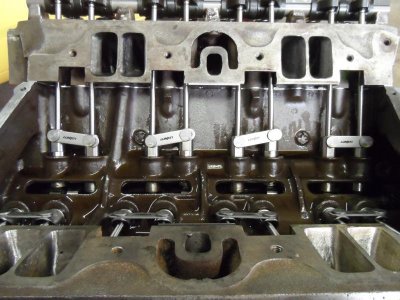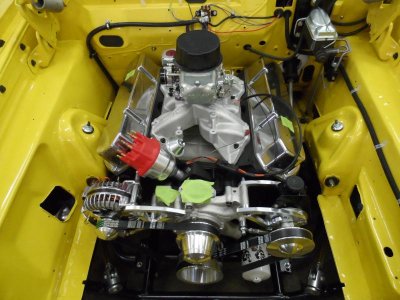67coronetman
Well-Known Member
So what would you say about a Stroker motor what would you use and i know not all will agree but that is America we have a choice... so what say you......... 
440 block with a 4:15 crank
OR
400 block with a 4:15 crank
:headbang::headbang::headbang::headbang::headbang::icon_super::icon_super::icon_super::icon_super::icon_super::icon_super:
440 block with a 4:15 crank
OR
400 block with a 4:15 crank
:headbang::headbang::headbang::headbang::headbang::icon_super::icon_super::icon_super::icon_super::icon_super::icon_super:

















